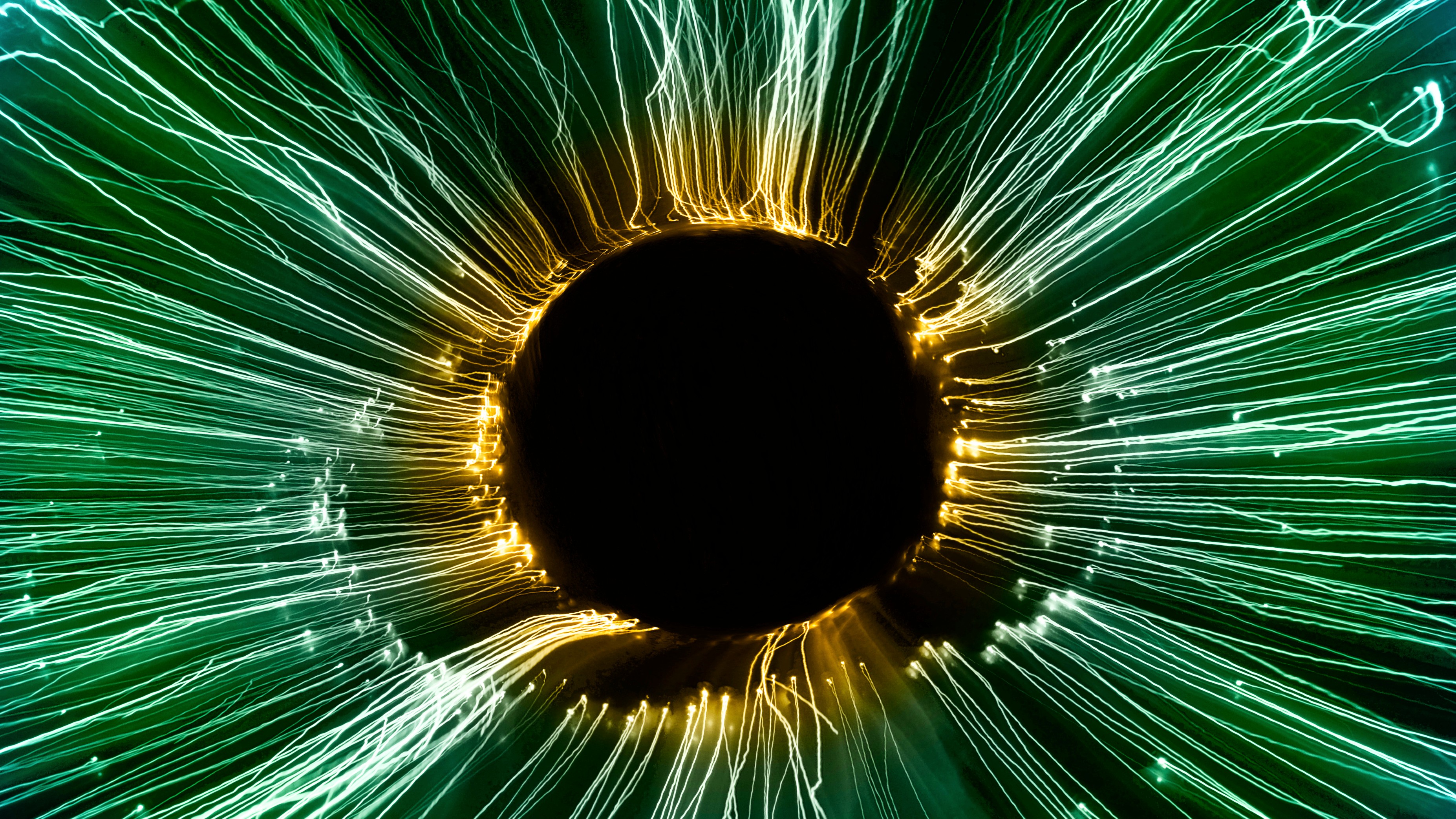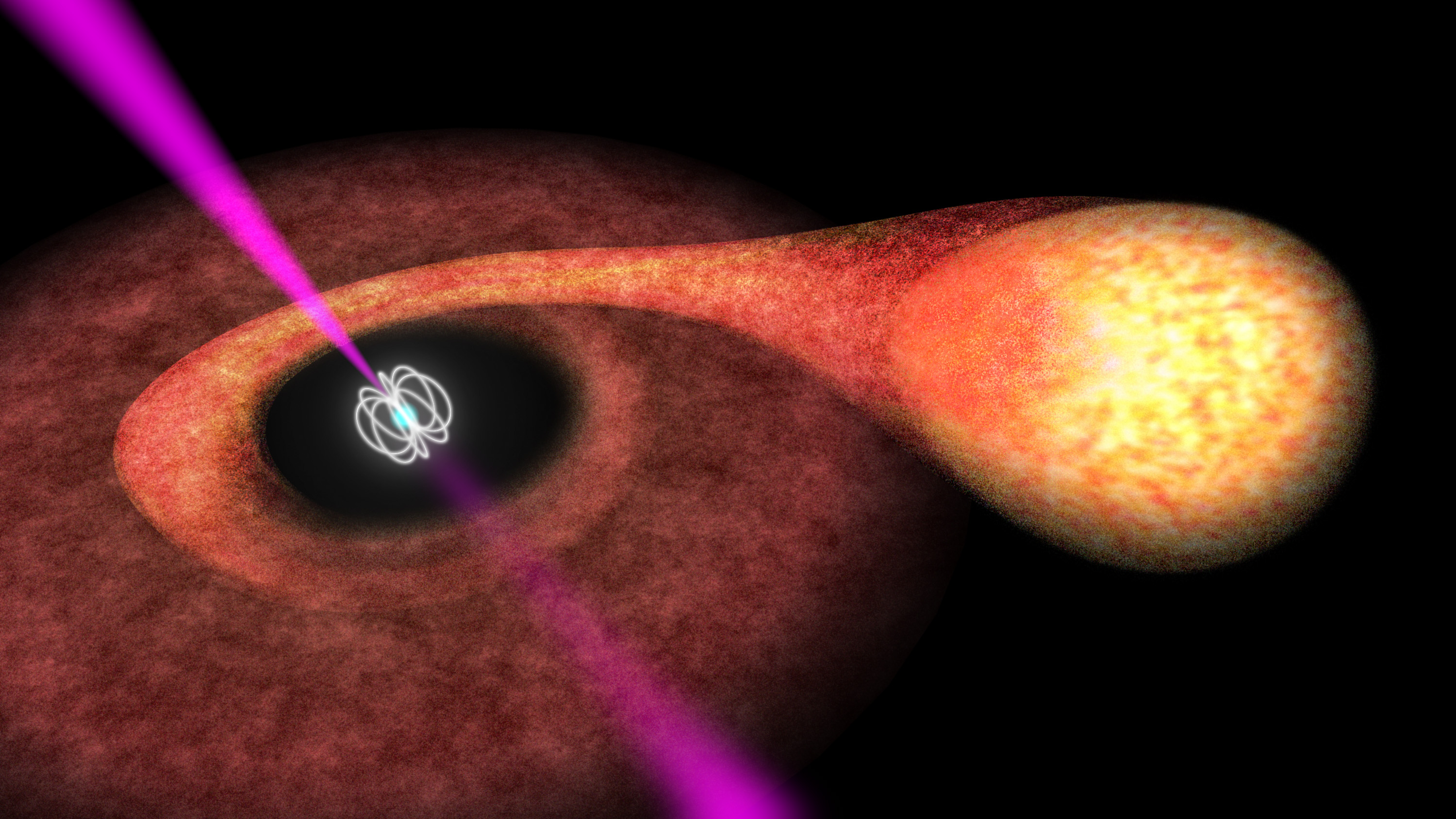Earth Is Spiraling Away From The Sun For Now, But Will Eventually Crash Into It
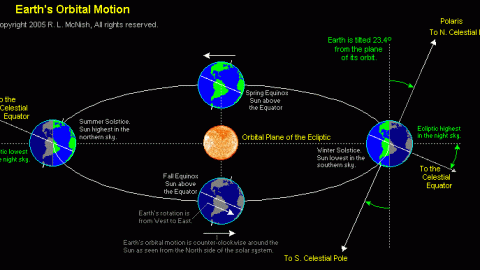
There are three factors all competing to determine the fate of the Earth, and the one that’s winning now won’t win in the end.
If you could measure the average distance from the Earth to the Sun over the course of an entire year, you’d discover something unsettling. With each passing year that you made that measurement, you’d find the Earth was a little bit farther away from the Sun — about 1.5 centimeters (0.6 inches) more distant — than the year prior. For billions of years, Earth has been migrating outward in its orbit, a trend that should continue for billions of years to come.
But this is only a temporary situation. Eventually, the Earth will lose its orbital energy and spiral into the Sun, even in the event that the Sun doesn’t engulf the Earth in its red giant phase. A whole lot of factors will come into play in the Solar System’s far future, but in the end, Einstein himself will have the last say. Here’s how the Earth’s orbit will evolve, right up until the bitter end.
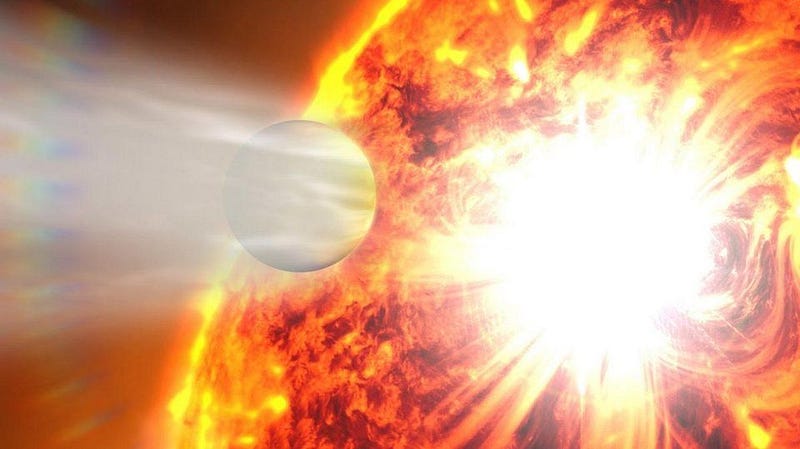
For most people, the idea that Earth would change its orbit over time is a bizarre and confusing one. After all, planetary motion has been very well understood since the time of Kepler, more than 400 years ago. His first law of planetary motion — that planets move in elliptical orbits with the Sun at one focus — is exactly true in Newtonian gravity.
This is even more impressive when you consider that Newton’s law of gravitation itself wasn’t even derived until more than 60 years after Kepler laid out his laws. And yet, both Kepler’s and Newton’s laws are only approximately true in reality, with six separate effects all potentially playing the “spoiler” role to what would otherwise be an exact, perfectly stable solution. Here’s a rundown of each one, along with the effects they induce.
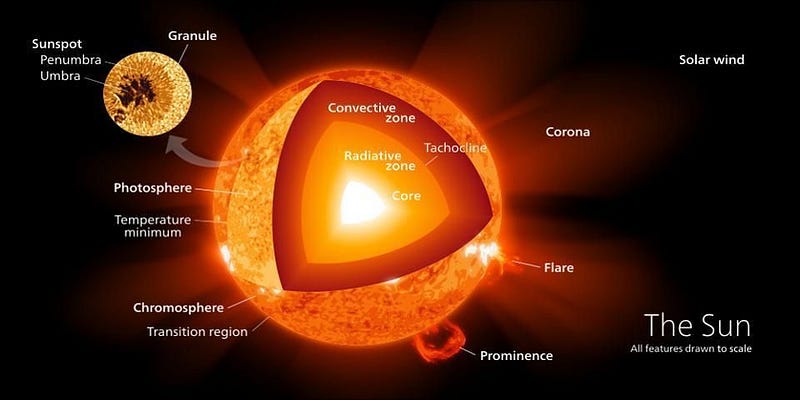
1.) Nuclear fusion in the Sun. With every second that goes by, a significant amount of the light atomic nuclei inside the Sun are transformed into heavier elements and isotopes through the process of nuclear fusion. When you fuse light elements into heavier ones, the heavier nuclei wind up more tightly bound, which requires the emission of energy. The end product of the Sun’s fusion, helium-4, is actually 0.7% lighter than the four protons that came together through a chain reaction to produce it.
All told, the Sun loses a total of 4 million tons of mass via Einstein’s E = mc² with each new second that passes. This mass loss, however small it is, adds up over time. With each year that goes by, the loss of this mass due to nuclear fusion causes the Earth’s orbit to outspiral by 1.5 cm (0.6 inches) per year. Over its lifetime so far, the Sun has lost the equivalent of the mass of Saturn due to nuclear fusion.

2.) The Earth smashes into particles as it orbits the Sun. This was an enormous effect in the early days of the Solar System: back when we still had a protoplanetary disk of material surrounding our Sun. It will be an enormous effect once again when the Sun enters the red giant phase of its life, as copious amounts of matter — about 33% of the Sun’s total mass — will be ejected some 7.6 billion years from now.
In both cases, as this material collides with Earth, our orbit will change, with the exact changes dependent on the speed of the material relative to Earth: an inward migration when the Solar System forms and an outward migration at the Sun’s end-of-life. But right now, we’re mostly struck only by solar wind particles: at the paltry clip of about 18,000 tons per year. This is completely negligible right now, changing Earth’s orbit by only about a proton’s width every million years or so.
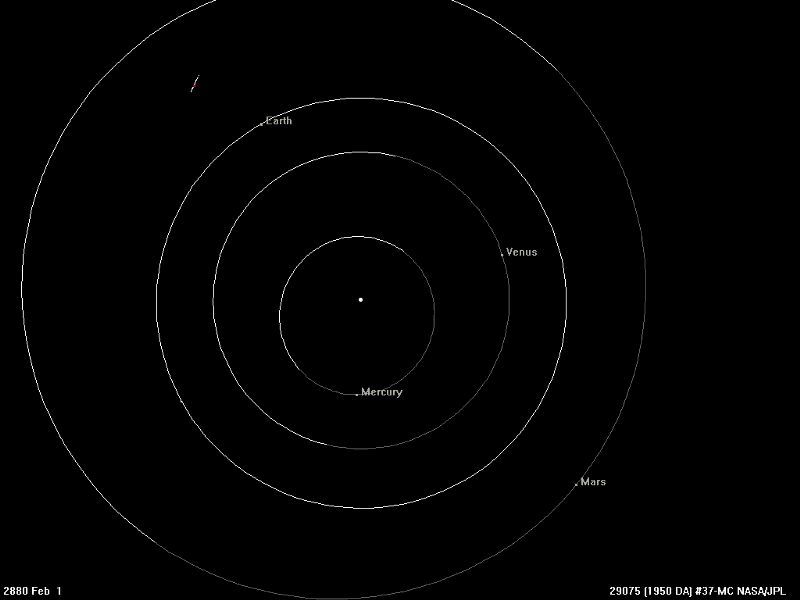
3.) The gravitational effects of the other massive objects in our Solar System. This one might matter, and it also might not. In our Solar System, we have many objects that orbit the Sun or other bodies. They all have finite, non-negligible sizes and masses, and they mutually exert gravitational forces on one another. Whenever this occurs, there the chance that these orbits will become chaotic and evolve with time.
According to the latest research, there’s approximately a 1% chance that one or more of the four inner planets in our Solar System today — Mercury, Venus, Earth and Mars — will become orbitally unstable over the next few billion years. If that occurs, Earth’s orbit could change significantly, possibly even hurling our planet into the Sun or ejecting it from the Solar System entirely. This is the most unpredictable component of our planetary orbit.
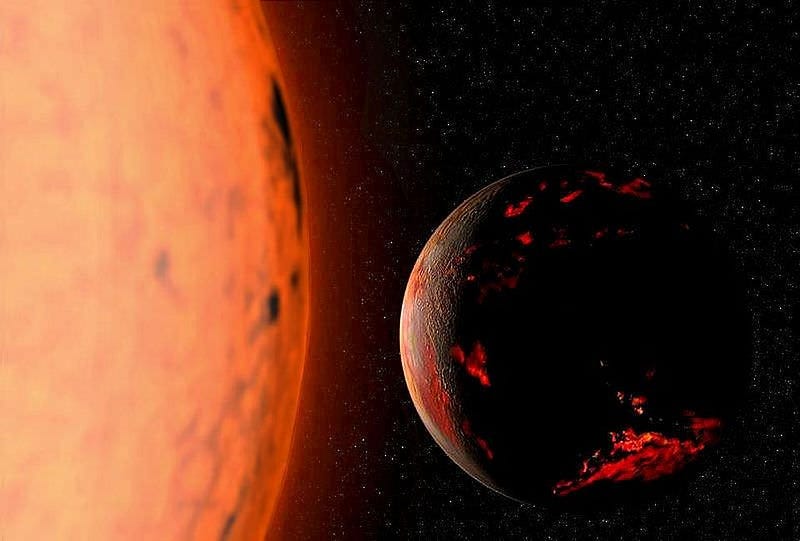
4.) The Sun swells into a red giant star. We know this is coming, and we also know roughly what it’s going to look like. The inner core will contract and heat up; the outer layers will puff outwards and grow tremendously; helium fusion will ignite in the star’s core; a large fraction of the overall mass will wind up ejected. But most importantly, especially for our purposes, the inner planets will be consumed by the now-expanded red giant star that our Sun evolves into.
Mercury will be gone. Venus will be swallowed as well. And Earth, unless it can spiral outwards to more than 15% its current radius — something only questionably likely to happen, possibly requiring an orbital instability between now and then — will be gone as well. Assuming Earth survives, however, and it may, surviving the red giant phase implies that the outspiraling phase will now end.
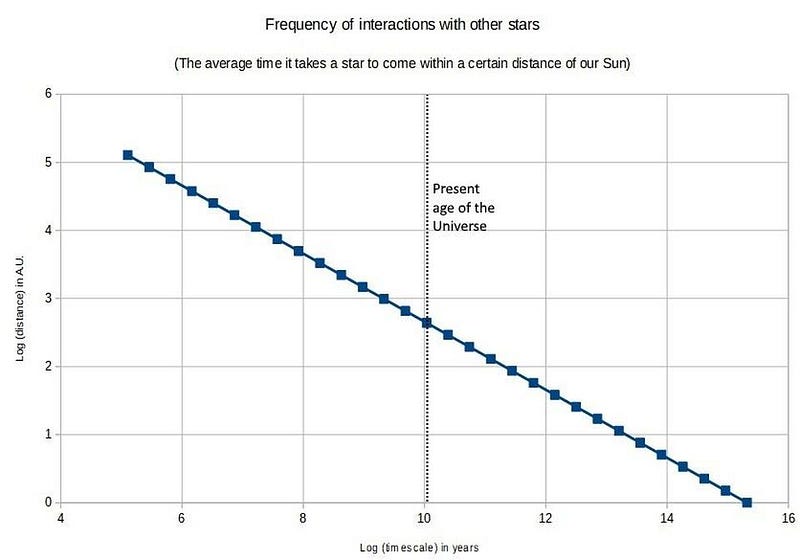
5.) Other objects in the galaxy. Every so often, a large mass such as a star, brown dwarf, or rogue planet will pass close to our Solar System. Although it’s exceedingly unlikely that such an object will pass closely enough to perturb the Earth’s orbit before the Sun becomes a red giant, there’s a lot of time ahead of us once that phase passes. By the time the Universe is about 100,000 times its current age, a close gravitational encounter becomes likely.
With Mercury and Venus gone, Earth will be the innermost planet to our Sun. When that inevitable encounter occurs, one of two things is likely to happen. Either the interloping mass will severely perturb the Earth, causing its orbit to become unstable, or the Sun-Earth system (with possibly Mars, Jupiter, and potentially other planets remaining as well) will be ejected from our host galaxy entirely. This is a chaotic and unpredictable process, and literally anything can occur if we wait long enough.
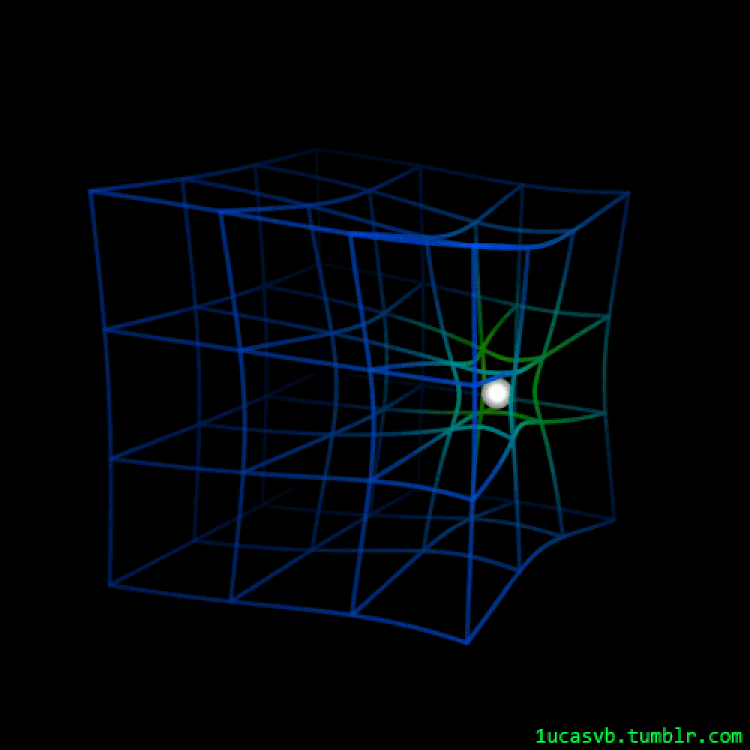
6.) Gravitational radiation. But if the Earth remains bound to the Sun — something very likely to occur if the remnant of our Solar System is ejected from the galaxy — gravitational radiation will cause the Earth to slowly spiral into the Sun. Whenever two masses orbit one another in Einstein’s theory of gravity, General Relativity, gravitational waves are emitted.
Given the current masses and positions of the Sun and Earth, this only amounts to an orbital change of 1.5 attometers per year, meaning that it takes about a millennium for Earth to inspiral by the width of a single proton. But if there are no other remaining effects at play, this will become the only one that will matter on cosmic timescales. If nothing else interferes with this, the Earth will spiral into the Sun after a whopping 1026 years pass: 10 quadrillion times the present age of the Universe.
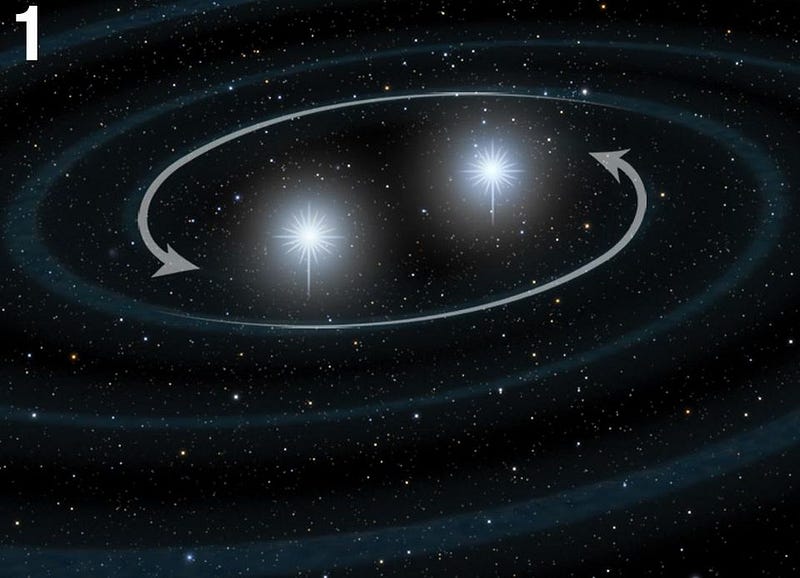
All six of these effects are very real, and they all contribute to the Earth’s changing orbit. Each one of them, individually, has the opportunity to be the most important at different epochs.
- In the earliest stages of the Solar System, when the planets and moons are still forming, collisions from early planets and planetesimals dominate how Earth’s/proto-Earth’s orbit changes.
- Today, mass loss due to nuclear fusion dominates the Earth’s present outspiraling.
- If gravitational instabilities occur, the influence of the other planets could alter or even ruin the Earth’s orbit before we become a red giant.
- During the Sun’s transformation into a red giant, everything depends on whether the Earth is swallowed or not; if it is, that’s the end-of-the-line for our planet.
- After the Sun becomes a white dwarf, a cosmic game of gravitational pinball will ensue; either Earth will come unbound from the Sun or the entire remaining Solar System, with Earth intact, will be ejected.
- But if Earth survives for this long, it will continue to gravitationally inspiral until, at last, it’s finally consumed by the black dwarf our star eventually becomes.
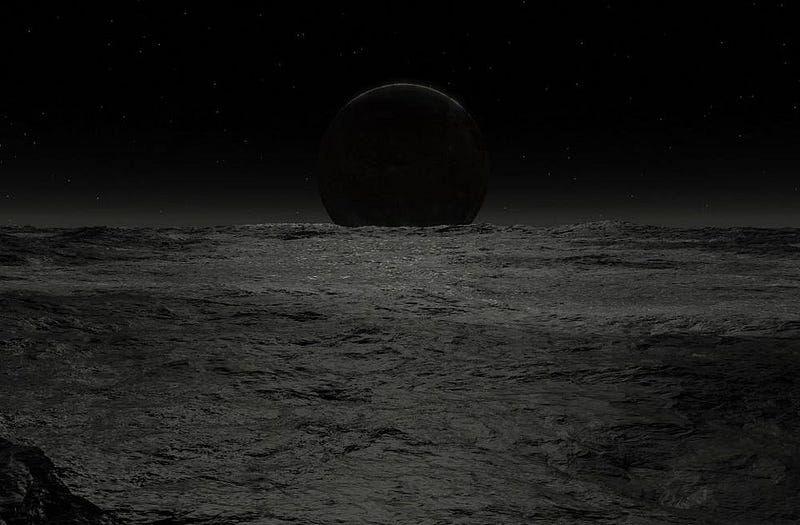
Right now, the Earth is slowly drifting away from the Sun, driven by the relentless effect of nuclear fusion on the Sun. As time goes on, the Sun burns through more and more of its fuel, losing mass in the process and loosening its gravitational grip on the Earth. Assuming this continues until the red giant phase arrives, either our planet will be consumed by the Sun at this time, or it will survive to see the Sun become a white dwarf.
At that point, gravitational radiation will cause our planet’s orbit to slowly decay, whereupon it will begin to inspiral into the Sun. Unless a rogue object passes through our Solar System and ejects the Earth, this inspiral will continue, eventually leading the Earth to fall into our Sun’s stellar corpse when the Universe is some ten quadrillion times its current age. The Earth may be drifting away from the Sun for now, but if we remain bound to our parent star, gravitational infall remains our inevitable long-term fate.
Ethan Siegel is the author of Beyond the Galaxy and Treknology. You can pre-order his third book, currently in development: the Encyclopaedia Cosmologica.


